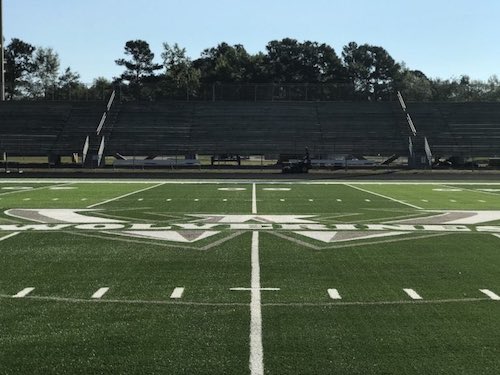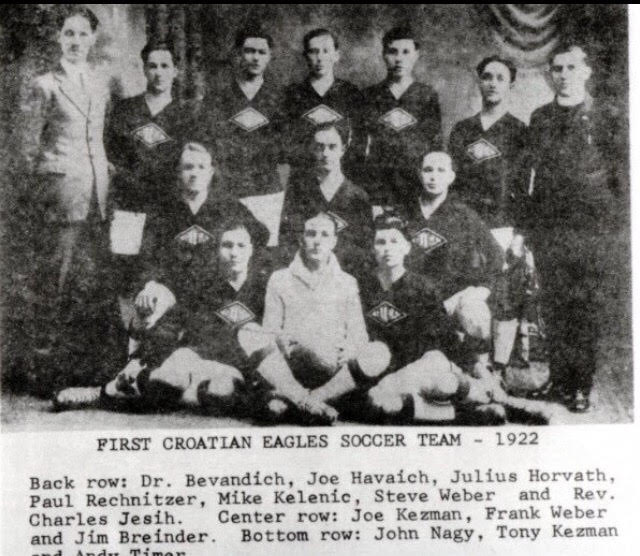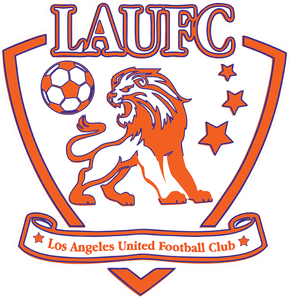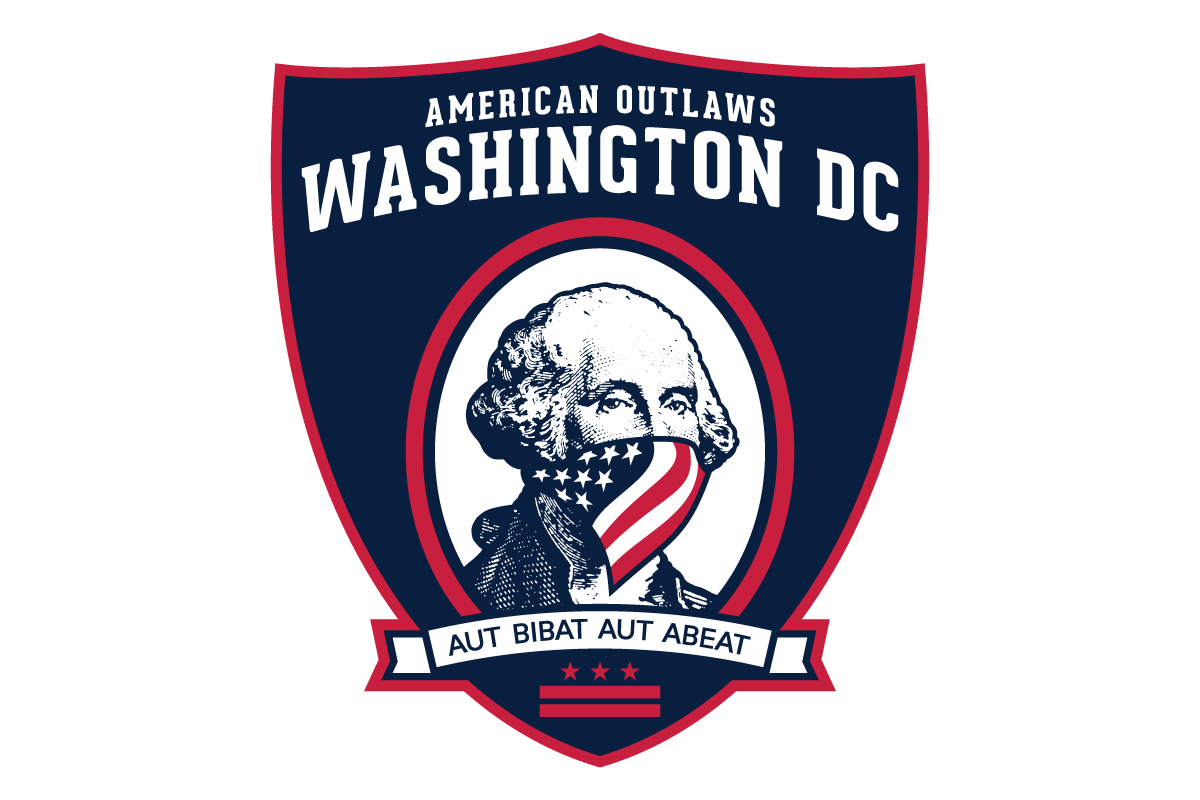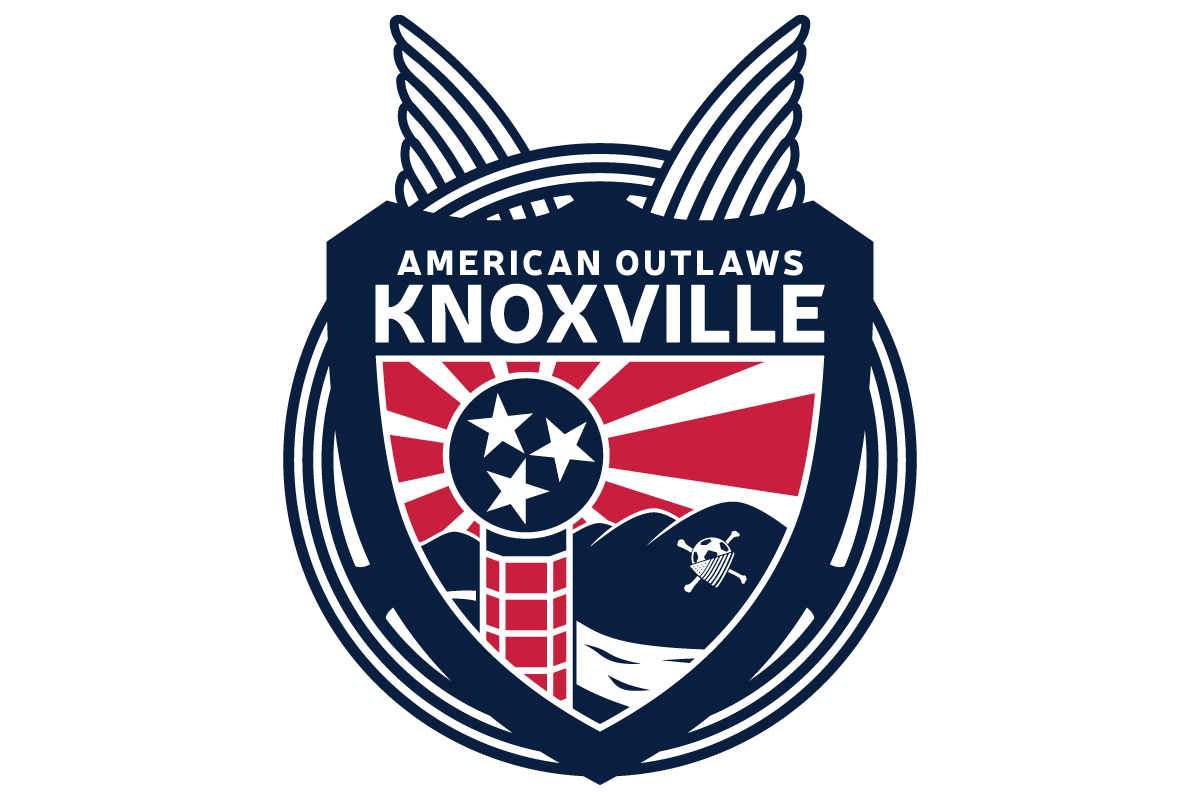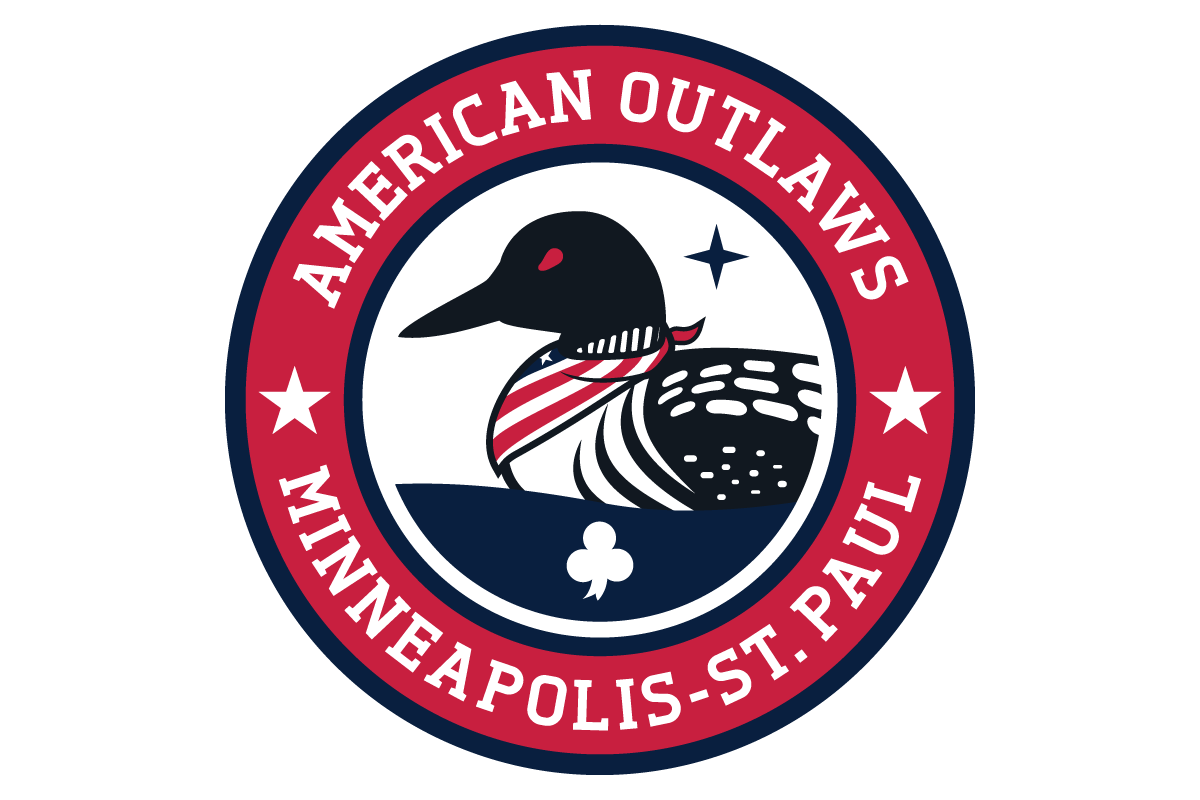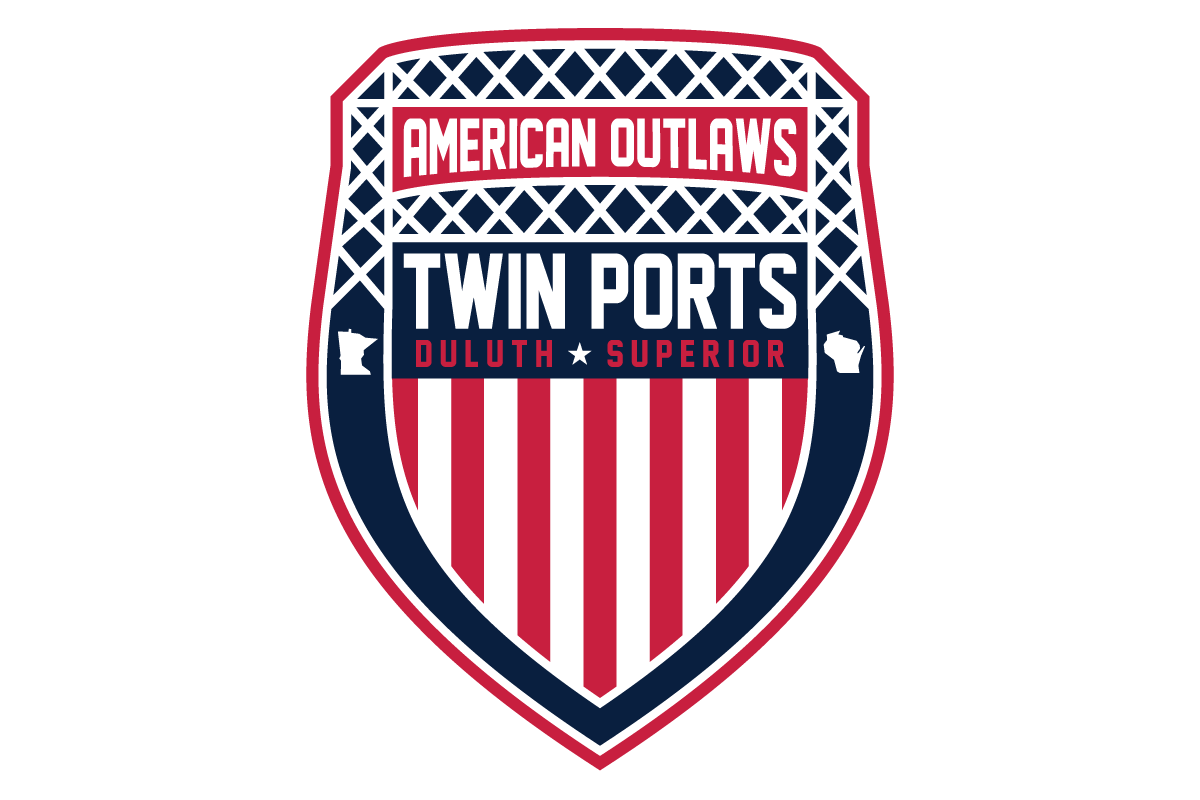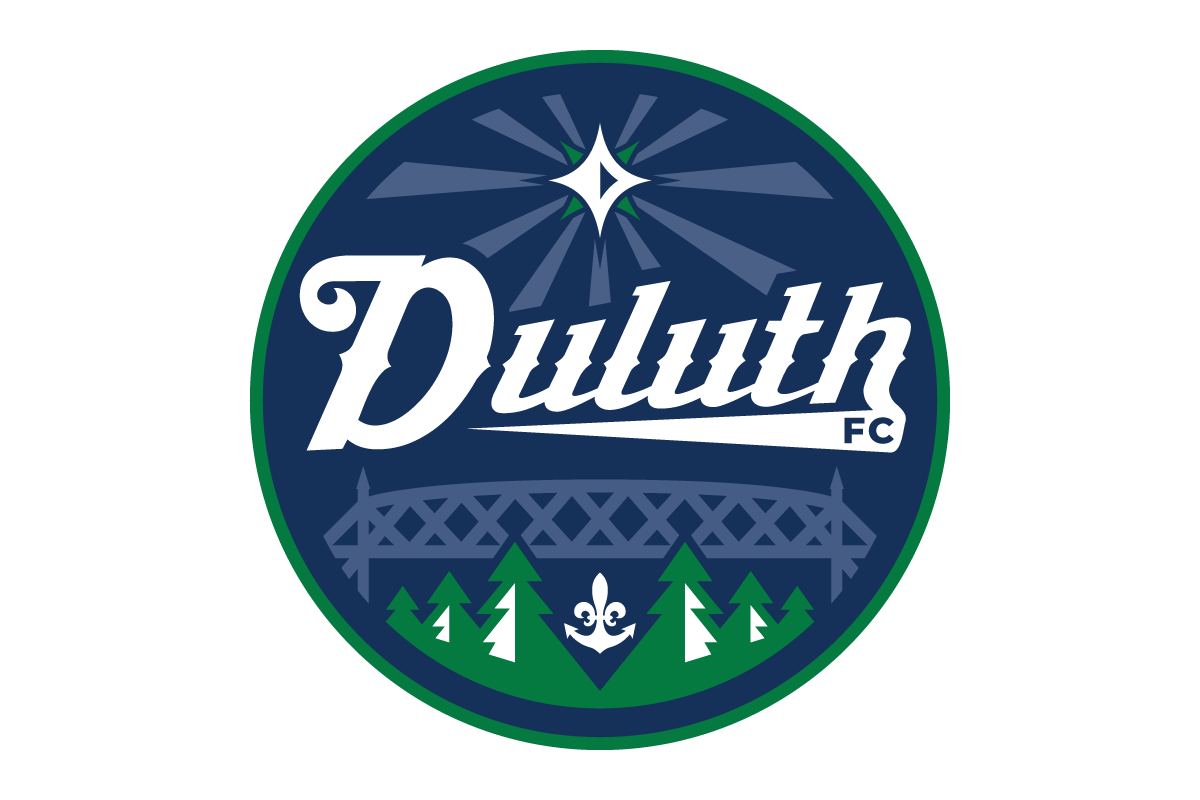At Protagonist Soccer, we follow the lower league clubs who are often ignored by the major media outlets. But this time of year is their time to shine, as the 2019 U.S. Open Cup begins round 1 of play this weekend. Picking horses in this race is difficult, but spotting a good matchup is not. They abound in the first round. We asked several of our writers to preview the matchup that stood out to them from the first round. Enjoy!
Dominic Bisogno
Ann Arbor FC (MI) vs. Livonia City FC (MI)
Stadium Field, Saline High School, Saline, Michigan. September 23, 3p. ET
The only Michigan match of the U.S. Open Cup’s first round will provide the viewer with two very different clubs from one of lower tier soccer’s most productive states. In one corner we have our hosts Ann Arbor FC, brand new members of the UPSL’s Midwest-East Division. With a small following and a twitter account that’s only been active for about a week, Ann Arbor FC will bring a higher league level but smaller social media operation to the fight. Their opponent is Livonia City FC of the Michigan Premier Soccer League (MPSL). With both mens and womens sides active, along with reserve sides, Livonia City bring a well constructed organization to the foray. Their almost 1600 twitter followers represent their efforts to create a brand well and while followers don’t win games, they can be a sign of coordination and intent from a club.
With a sprouting side in a one of the bigger amateur leagues in the nation facing off against a bigger brand playing in a state league, the Michigan matchup should provide its viewers a showdown between two different clubs who find themselves in two very different places within the lower tier spectrum of America. With Michigan an ever-growing symbol of non-league America, the U.S. Open Cup should find plenty of worthwhile moments at the state’s qualifying level.
Aarik Long
Colorado Rush (CO) vs. Harpos FC (CO)
Shea Stadium, Highlands Ranch, Colorado. September 23, 5p. MDT
Colorado Rush take on Harpos FC in what could be one of the most interesting matchups in all of the first round of US Open Cup qualifying. Rush I is the Colorado Rush Soccer Club’s men’s first team and is made up of a “squad that has a pool of 22 to 28 of the best youth, college, and adult players in the state and the country.” The Rush finished the UPSL Spring season in second place in the league’s Colorado Conference - UPSL Pro Premier division. They made their only appearance in the US Open Cup back in 2017, where they did not advance past the first round of qualifying.
On the other hand, Harpos FC, or Avery Brewing Football Club, or as they affectionately call themselves the “Bulls***t Pub Team,” don’t get the chance to play in the national spotlight very often. The team from Boulder, Colorado, was founded by undergraduates at the University of Colorado back in 1997. They currently compete in the Colorado Premier League, which they have dominated recently, winning three straight league titles and a state cup in the past year and a half. The last two chances they have had to play on the national stage were in 2015 and 2016, when they were able to reach the second round of qualifying. That 2015 run included an upset win over the BYU Cougars that made the club the first from the USSSA to win a match in US Open Cup history.
Phil Baki
Celtic Cowboys Premier (TX) vs. San Antonio Runners SC (TX)
Onion Creek Soccer Complex, Austin, TX September 22, 3p. CT
The Central Texas corridor of I-35 will be the conduit that facilitates the US Open Cup First Qualifying Round Matchup between Celtic Cowboys Premier and San Antonio Runners SC.
Those familiar with the UPSL in Texas will be familiar with SA Runners as they have just joined the UPSL for the Fall Season in the Heart Division of the Central Conference. They have yet to play their first match due to issues with the weather in Texas but they are not a new club in the strict sense. This is the club team of the University of Texas-San Antonio. It will be fascinating to see the team in action as they take this step into league soccer, as this step can contain a steep learning curve for many clubs if they are not fully prepared for the step up. They are setting out a serious statement of intent by entering both UPSL and US Open Cup in the same season and they could give the hosts a problem.
Celtic Cowboys Premier of Austin, TX, aside from having a fantastic name, are one of the few clubs that operate in a city league to enter the USOC. They play in the Premier Division of the Austin Men’s Soccer Association, a 135 team, 13 division city league in Texas’ capital. This will be their 3rd straight campaign in the Cup and they will be looking to improve on last year when they made it to the Second Qualifying Round after defeating Austin Real Cuauhtemoc in the First Qualifying Round but then falling to seemingly perennial USOC participants NTX Rayados. The Cowboys will feel confident coming into this match as the hosts and the more experienced club.
Prediction: Celtic Cowboys Premier 4-2 SA Runners SC
Joshua Duder
San Ramon Dynamos FC (CA) vs. JASA RWC (CA)
Dougherty Valley High School, San Ramon, CA September 22, 7p. PT
San Ramon Dynamos FC host UPSL Wild West Division rival JASA RWC at Dougherty Valley High School on Saturday September 22nd. This will be the first competitive game of soccer for Dynamos this fall, while JASA are currently top of their table, taking four points from their first two matches. This weekend’s fixture isn’t a league match however, it’s part of the opening salvo of matches in the 2019 US Open Cup.
This is the first foray into the USOC for San Ramon, but their Head Coach Rory O’Connor is well aware of the situation’s gravity, telling the league website “There is always something very special about the Association Cups in every country. One doesn't have to look back very far to see the last time an amateur team won the Open Cup here - '93 I believe (yes, San Francisco’s El Farolito). Any time David is pitted against Goliath, it gives the people from the small towns something to shout about, to get invested in if you like.” Dynamos, who sport sunshine yellow and green kits, play in San Ramon, which is just about 45 minutes east of San Francisco, California.
JASA RWC are based in Redwood City which is across the San Francisco Bay and about an hour southwest from San Ramon. The model of their club is an “independent adult soccer training academy,” they offer year-round training and participate in multiple leagues to provide their players plenty of match time. Head coach Jacob Morrison will be taking his boys-in-black up to San Ramon to compete in the USOC for the first time in their history as well.
These two sides have met just a few times prior, all league matches, and San Ramon Dynamos holds a slim two wins to one advantage over JASA RWC—having outscored them 6-4 in the three matches played. These two sides are scheduled to meet up again just a week later, in a league home match for JASA RWC; so it’ll be interesting to see how the two clubs prepare and what they respectively prioritize.
Steven Ramirez
L.A. Wolves FC (CA) vs. Santa Ana Winds FC (CA)
Lake Forest Sports Park - Field B, Lake Forest, CA, September 22, 7p. PT
U.S. Open Cup back in So. Cal, with a duel between two UPSL titans, L.A. Wolves FC and Santa Ana Winds FC. These two clubs already have a fierce rivalry spanning the last few seasons of UPSL competition. The Winds have remained dominant against the L.A. Wolves, winning 4 out of the last 5 matches, with a total score of 18 - 12. Two seasons in a row, the Wolves have been knocked out of the playoffs by the Winds. In fall 2017 the Winds would knock out, the then 6th place Wolves from the playoffs with a score of 4-1. Fast forwards to spring 2018 and fate would force these two giants to play once more in the playoffs, Santa Ana would come up with a huge 5-4 win, once again knocking out the Wolves.
In the 2018 open cup, both clubs dominated there way through the Pacific Region of qualifying. In the first round, after qualification, the L.A Wolves FC would lose to PDL side, FC Golden State Force, 3-1. The Santa Ana Winds FC would also suffer the same fate, losing to Orange County FC , 3-0.
Do the Wolves have what it takes to turn the tides of history, or will the Winds continue breeze through their northern rival? Make sure to check it out at 7:00 pm, this Saturday.
Shawn Laird
America Soccer Club (FL) vs. Orlando FC Wolves (FL)
West Orange High School, Winter Garden, FL, September 22, 8:30p. ET
This first round matchup pits the UPSL Florida Central Division 2018 Spring Champions America Soccer Club against Central Florida Soccer League’s Orlando FC Wolves. Looking at both teams, you would think that America SC has the upper hand on the Wolves, but that is a mistake. So far in their young season, the Wolves have compiled a record of 2W-1D-0L, with an impressive +6 goal difference. In the three games they’ve played, they have knocked off perennial league leaders and current champs Central Florida Football Club by a score of 5-3.
On the other hand, you have America SC of the UPSL. During their spring campaign, they made an impressive run in the Florida Central Division, defeating Golden Goal Sports in penalties 4-1. Thus far in their 2018 fall season, America SC has picked up where they left off with the championship game. They currently lead their division with a perfect record of 3W-0D-0L with a +15 goal difference. In their three games they’ve played, they have given up only one goal, to Winter Haven United in a very lopsided 7-1 victory.
Looking at these two teams, at least on paper, it seems like it could be a good match. If I had to choose, however, I would lean toward America SC taking the victory.
Jake Estridge
Miami Sun FC (FL) vs. Florida Soccer Soldiers (FL)
Kendall Soccer Park - Field 2, Miami, FL, September 22, 8:30p. ET
On Sept. 22nd 2018 Miami Sun FC and Florida Soccer Soldiers (FSS) will meet in the first round of US Open Cup Qualifying. Both teams are coming off of very impressive wins over strong competition in the UPSL Southeast Conference – Florida Pro Premier South Division. Miami Sun FC put in a four goal performance against a very strong International Soccer Association, all while keeping the clean sheet as well. Miami will be heading into this matchup full of confidence after thrashing arguably the top side in the league.
On the other side of the matchup, Florida Soccer Soldiers are also coming off of a four goal game (with clean sheet as well) against Gold Coast Inter FC. The national semi-finalists are showing their true colors with great play on both sides of the ball and will surely look to get the goal scoring train rolling.
With both teams sitting in a three way tie for first place in the league on nine points (Hebraica Miami FC the other), you can surely expect goals in this matchup with the teams having a combined thirty goals in the seven total matches they have played between them. You should expect to see a very fact paced attacking match from both sides. Although both sides are being recognized for their attacking, the defensive side of the ball is going to be immensely important in this matchup with both sides seemingly scoring goals at will.
Dan Vaughn
Southie FC (MA) vs. GPS Omens (MA)
Madison Park High School - Upper Field, Roxbury, MA, September 22, 12p. ET
Both of these clubs have made the tournament before, though GPS Omens’ history is much richer, having made the tournament 4 out of the last 6 years. Their best run was in 2016, when they defeated GPS Portland Phoenix (PDL), Boston City FC (NPSL), and lost in the second period of extra time to Rochester Rhinos 2-1. That sort of experience is reflected in their approach to this year’s tournament. Training has ratcheted up over the last couple of months, to prepare for the tournament, and, if their league play is any indication, they are ready for a strong run. The team is led by Scott Prozeller who has been on the club for all their previous Open Cup competitions. The team is also confident that a new signing, Tyler Dowse, who joins the club from Dartmouth backline, will play a significant role.
GPS Omens’ opponent is Southie FC, a club that was established 5 years ago and qualified for the US Open Cup in 2016. Interestingly enough, Southie FC lost to the club that beat GPS Omens that same year, Rochester Rhinos (who were the defending USL champions that year). The loss was significant, 7-0, but a lack of available players for the match probably played a role in Southie FC’s poor performance. This year’s side is ready for the competition, led by Ben Slingerland, a former Georgetown player, who sets the tone for the rest of the team.
The best part of this match is that both of these clubs know each other. They both compete in the Bay State Soccer League and play each other several times a year. The roots go so deep that the many players are friends. With that sort of connection, the competition on the field should be crazy good. Forced to predict the final, I’d say experience wins out and GPS Omens advances 2-1.

